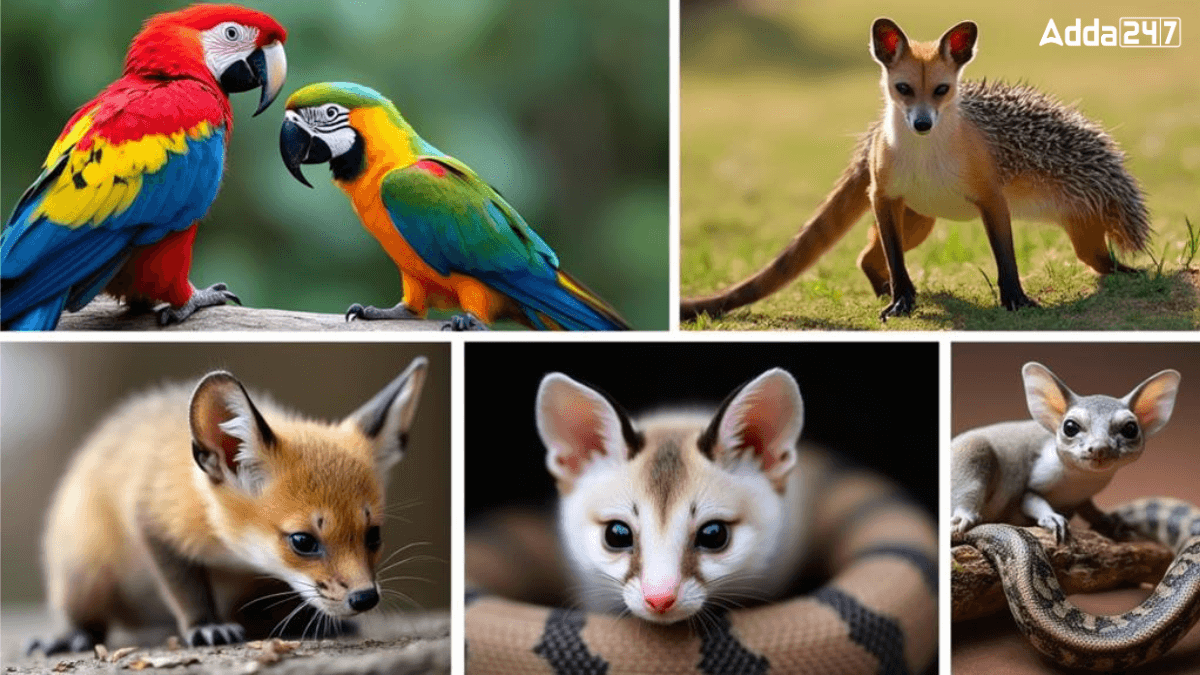Dubai has unveiled the world’s largest gold bar, setting a new Guinness World Record on December 7-8, 2024. Weighing 300.12 kg, the bar is valued at approximately $25 million (₹211 crore). Displayed at the Dubai Gold Souk Extension, this monumental gold bar is a symbol of Dubai’s commitment to excellence in the precious metals industry. The Emirates Minting Factory, which crafted the bar, spent 8 to 10 hours creating it, ensuring it met Guinness standards. Visitors were able to capture the historic moment with a photo beside the gold bar, further enhancing Dubai’s status as a global leader in gold and luxury trade.
Record-breaking Gold Bar
- The bar weighs 300.12 kg (661 lb 10 oz) and is worth ₹211 crore ($25 million).
- Created by Emirates Minting Factory, it was crafted in 8-10 hours, adhering to Guinness standards.
- The achievement is part of UAE’s legacy, showcasing innovation and excellence in the global gold industry.
Public Display at Dubai Gold Souk Extension
- The gold bar is displayed outside Emirates Minting Factory shop in a glass case.
- Visitors thronged the area to click photos and view the bar closely on December 7 and 8.
- This display solidifies Dubai’s position as a global luxury and trade hub.
Gold Market Context
- Gold prices in India remain steady at ₹79,150 per 10 grams (99.5% purity at ₹78,750).
- Dubai’s gold leadership continues, setting benchmarks for craftsmanship and trade.
Visitors’ Experience
Visitors to the Dubai Gold Souk Extension had the rare opportunity to see this world-record gold bar up close. Many clicked photos beside the bar, which was kept in a glass display outside the Emirates Minting Factory shop. The display remains open for visitors, marking the occasion as a once-in-a-lifetime event for many.
Summary of the news
| Key Point | Details |
|---|---|
| Why in News | Dubai unveiled the world’s largest gold bar, weighing 300.12 kg, valued at ₹211 crore ($25 million). Recognized by Guinness World Records, it surpassed the previous record of a 250 kg gold bar held by Japan. |
| Gold Bar Weight | 300.12 kg (661 lb 10 oz) |
| Gold Bar Value | ₹211 crore ($25 million) |
| Previous Record | 250 kg gold bar, held by Japan |
| Location | Displayed at Dubai Gold Souk Extension, UAE |
| Crafting Time | Approximately 8–10 hours, created by Emirates Minting Factory |
| Purpose | To honor UAE’s legacy and showcase innovation in gold craftsmanship |
| Current Gold Price (India) | ₹79,150 per 10 grams (99.5% purity: ₹78,750 per 10 grams) |
| Relevant Authority | Guinness World Records |
| Static Point (Dubai) | Capital of UAE; Known as a global hub for gold and precious metals trade |












